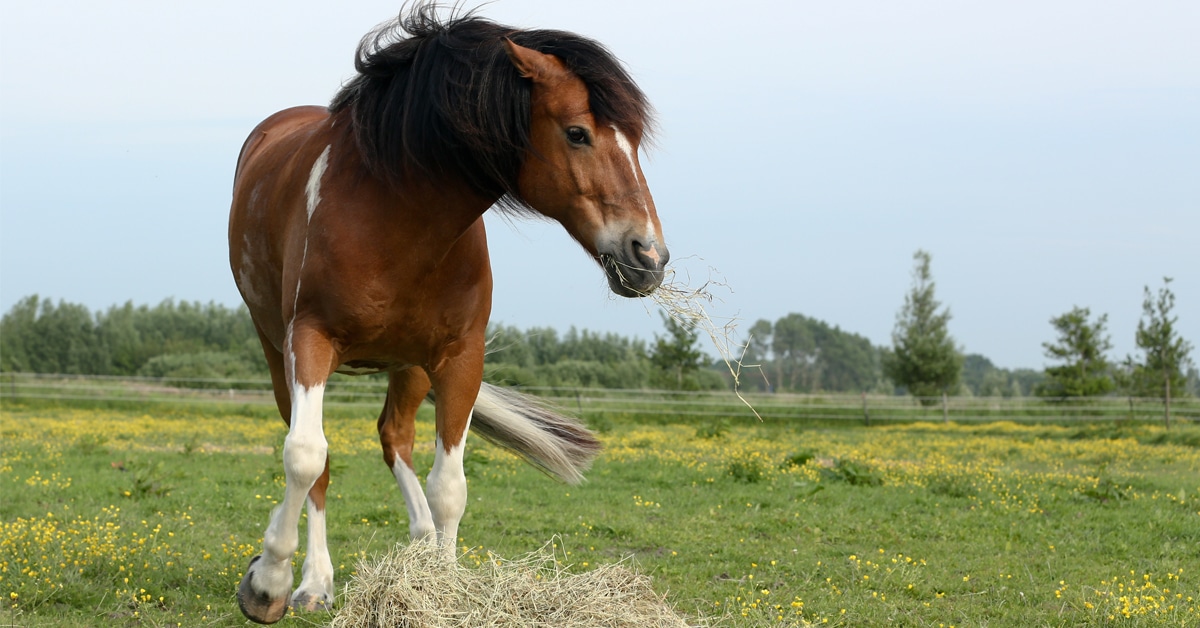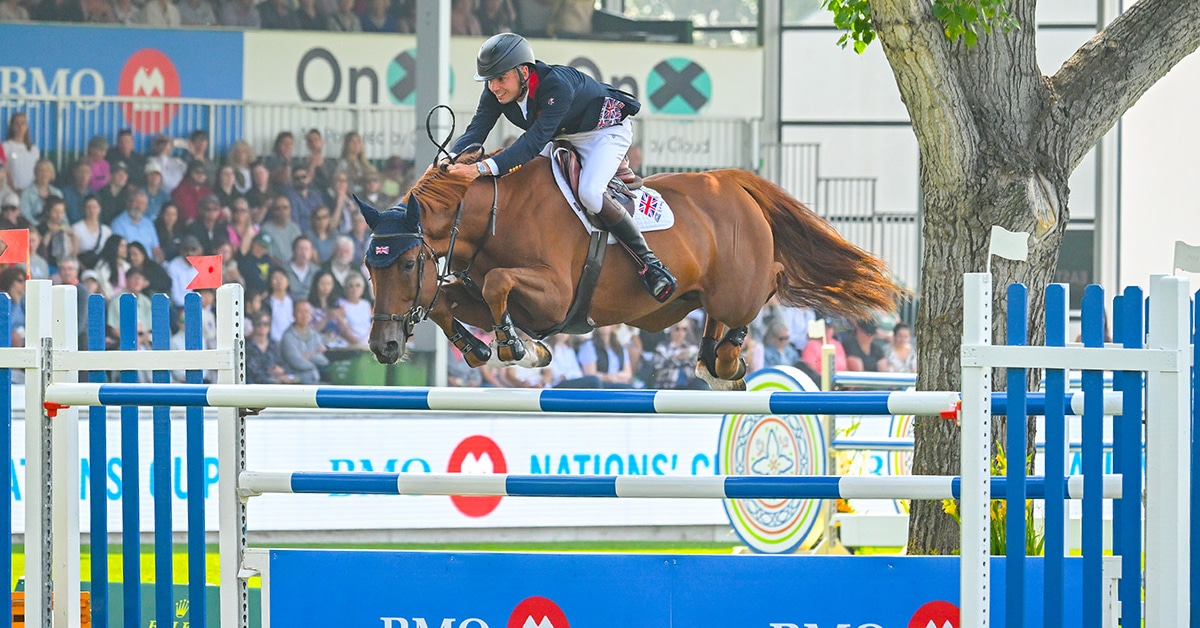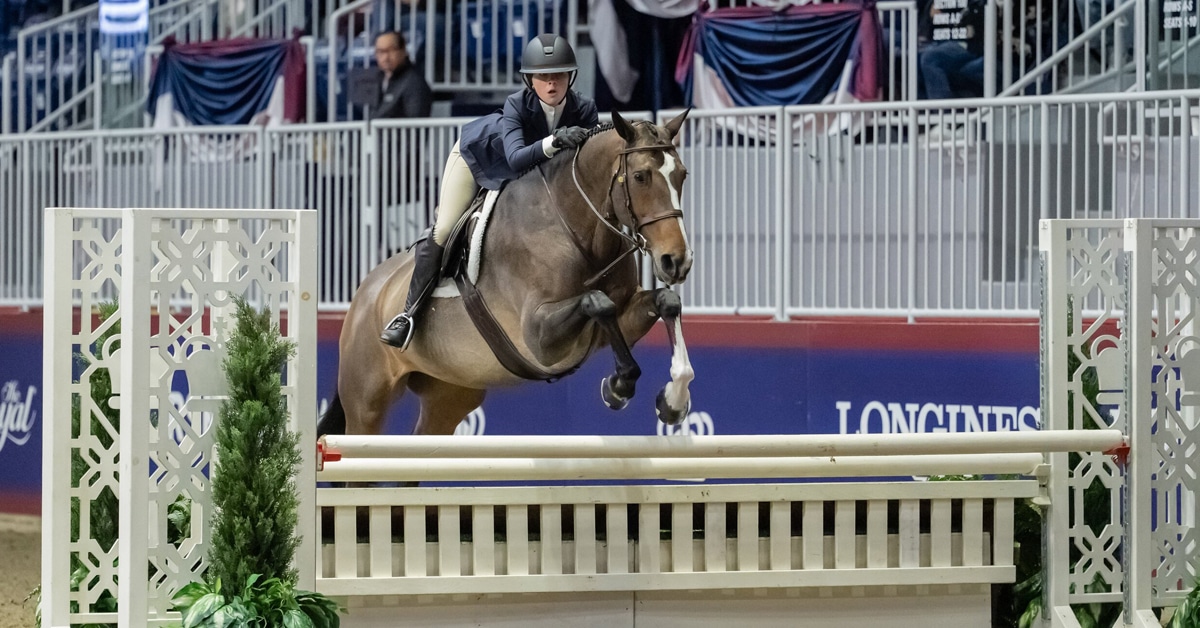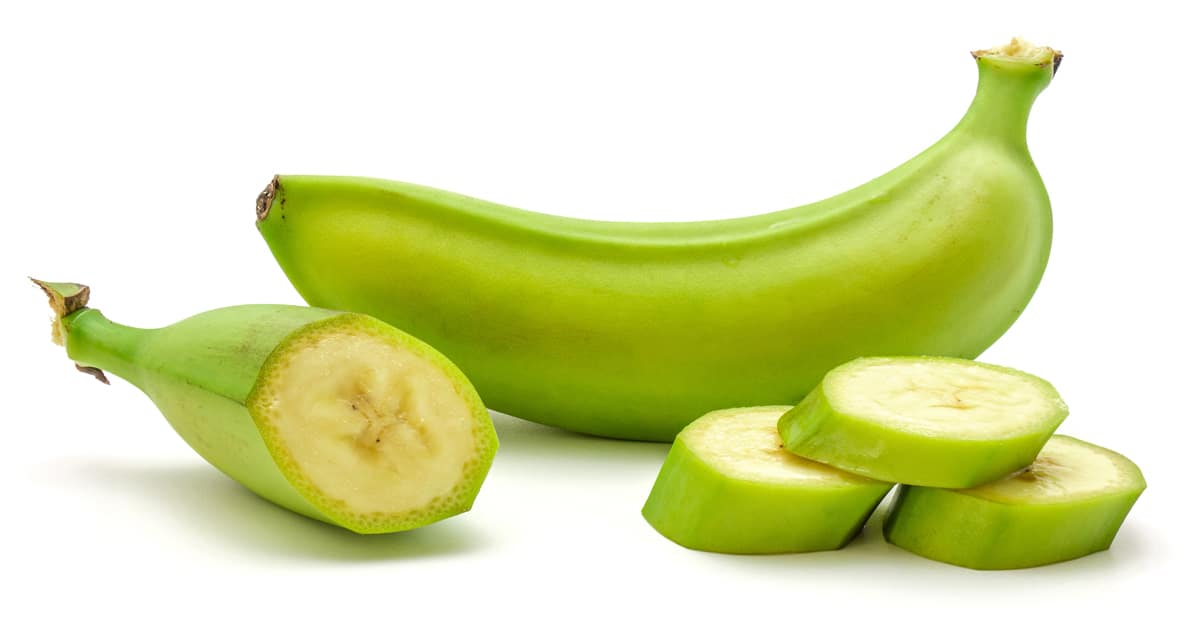The amount of iron in horse feeds has become a very hot topic lately. Iron is a vital dietary element most notably for its function within the oxygen-carrying compound hemoglobin. A 500 kg mature, idle horse requires only about 400 mg per day, because the body is good at conserving iron.
There are many forms of dietary iron and these can be found in the soil, forages and grains, commercial feeds and supplements. Different sources and forms of iron can affect how bioavailable the iron is; that is, how well it could be absorbed from the digestive tract. Absorption of iron is tightly regulated, such that iron toxicity is relatively rare, despite many horses consuming what appears to be very high concentrations of iron.
The main elemental forms of iron are ferrous iron (Fe2+) and ferric iron (Fe3+). Iron can be found as salts ‒ that is, bound to another element such as iron oxide or iron sulphate. Plants can create organic chelates with numerous iron molecules, or can store excess iron as phytoferritin or other storage forms. Different plants tend to absorb, use and store iron differently, with iron use and storage also varying within the parts of a plant (roots vs. leaves, for example).
As herbivores, horses will rarely ingest large amounts of heme (essential molecule that contains iron) from animals; therefore most iron suitable for horses will be plant-based, or supplemental forms in commercial products. Horses also consume a fair amount of soil, either via grazing or through soil contamination on hay. In my experience, many horses often consume more than 1,200 mg of iron daily with no ill effects.
Perhaps to compensate for high dietary intake, iron absorption and thus status in the blood is highly regulated by the liver protein hepcidin. This protein is produced when there is plentiful iron present in the body. When iron status in the body is good, hepcidin increases, and when body iron is low, hepcidin is low.
From the lumen of the digestive tract, mostly ferrous iron is transported into the digestive lining cells (called enterocytes) by a metal transporter. For iron to be absorbed into the bloodstream, it must leave the enterocyte via the ferroportin transporter into the blood. Hepcidin functions to degrade the ferroportin transporter, thus locking iron inside the enterocyte and preventing its absorption into the blood. These enterocytes are eventually sloughed off and the iron within them exists via fecal material. Additional body iron may be lost in the bile, but otherwise iron is fairly well conserved in the body, being recycled from old red blood cells via macrophages, stored in the liver as ferritin and used for blood synthesis at the bone marrow.
Because of the few losses of body iron, the dietary requirements are relatively low. As indicated, many diets appear to have excessive iron, although it must be mentioned that not all iron is bioavailable. In fact, feeds that appear to be very high in iron, such as beet pulp and many forages, do not pose a problem because the form of iron is less available to the horse.
Iron deficiency anemia is not common in horses and is not usually due to insufficient intake of iron in the diet. Instead low-grade, long-term blood loss is likely the culprit. On the other end of the spectrum, iron toxicosis is rarely reported in horses. Chronic iron overload (generally caused by high iron content in drinking water) can lead to haemochromatosis and hepatopathy, although development of disease is slow and clinical signs are nonspecific. Water should be tested if toxicity is of concern. We do see rare cases of toxicity when owners give iron-rich supplements that are more easily absorbed, or of course if iron is injected directly into the blood stream.
Testing blood is relatively easy. Iron can be measured directly, although serum ferritin appears to be more likely to reflect liver stores. Ferritin is less helpful with high iron status, but can be useful if low iron is suspected. Blood tests will also determine the total iron binding capacity and the transferring saturation index, which can be more useful.
Controversy has developed lately due to a few studies that noted that horses that had various indications of insulin dysregulation also had high body stores of iron. What isn’t clear from the research is if the horses in question also had high dietary intakes of iron, or if there already was a disease process in motion (due perhaps due to obesity and/or inflammation) that altered iron absorption capacity. There has not been any research to prove that high levels of dietary intake of iron causes insulin resistance.
Many owners are encouraged to fortify their diets with additional zinc and copper, in part as an attempt to decrease iron absorption. This is because that initial metal transporter at the lumen side of the digestive tract transports iron, copper and zinc (and some other metals) – and if zinc and copper are higher, perhaps they will compete for binding sites. However, the only clear interactions are between zinc and copper, with less impact on iron. In fact, studies where zinc and copper are supplemented to equine diets, they are poorly absorbed, come out in the feces, and can contribute to groundwater contamination. Therefore, great care should be taken when adding zinc and copper to equine diets, especially with the poorly sustained intent to affect iron metabolism.
As always, work with your equine nutritionist to help balance a diet best suited for your horse.
The Latest









